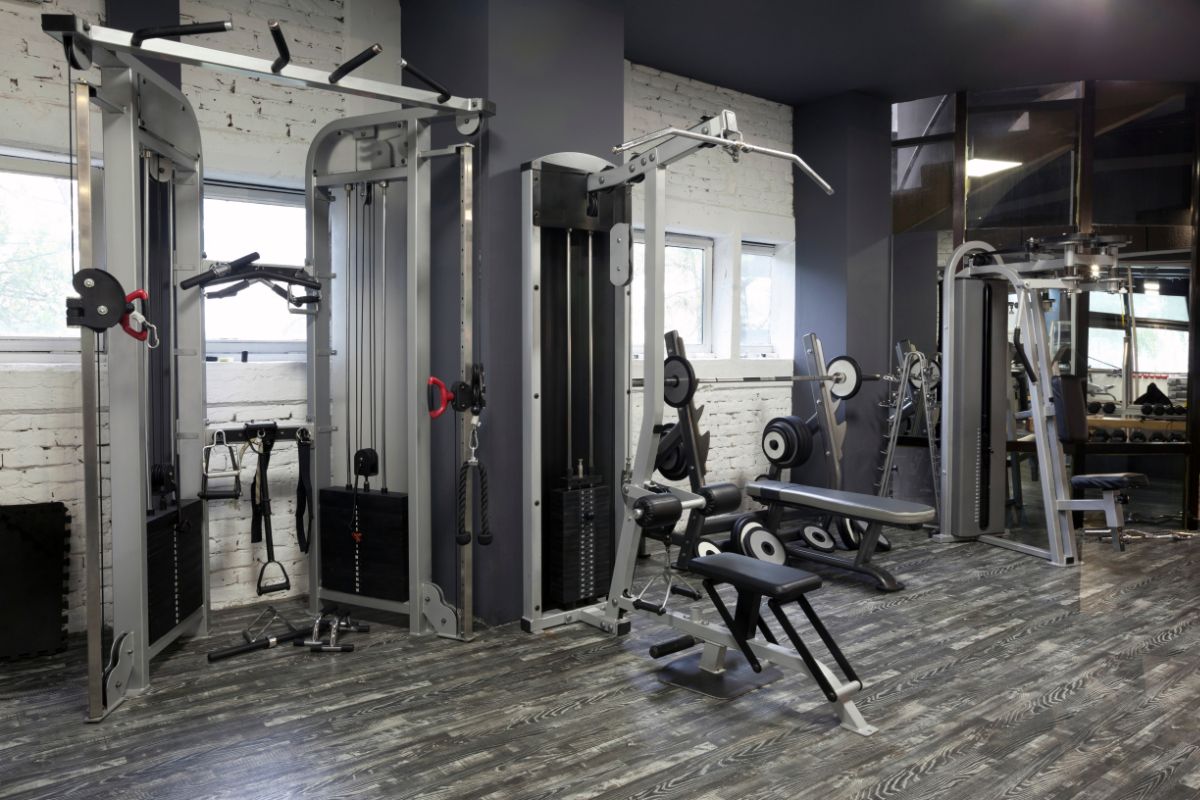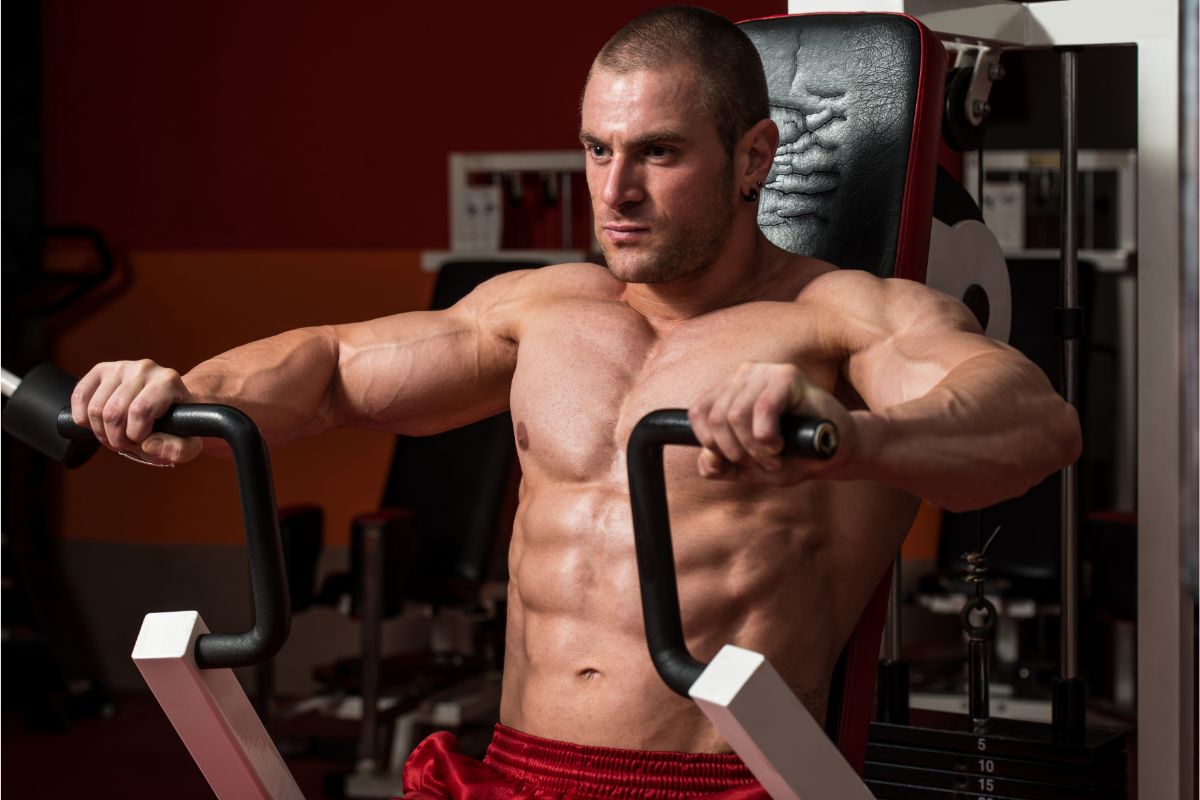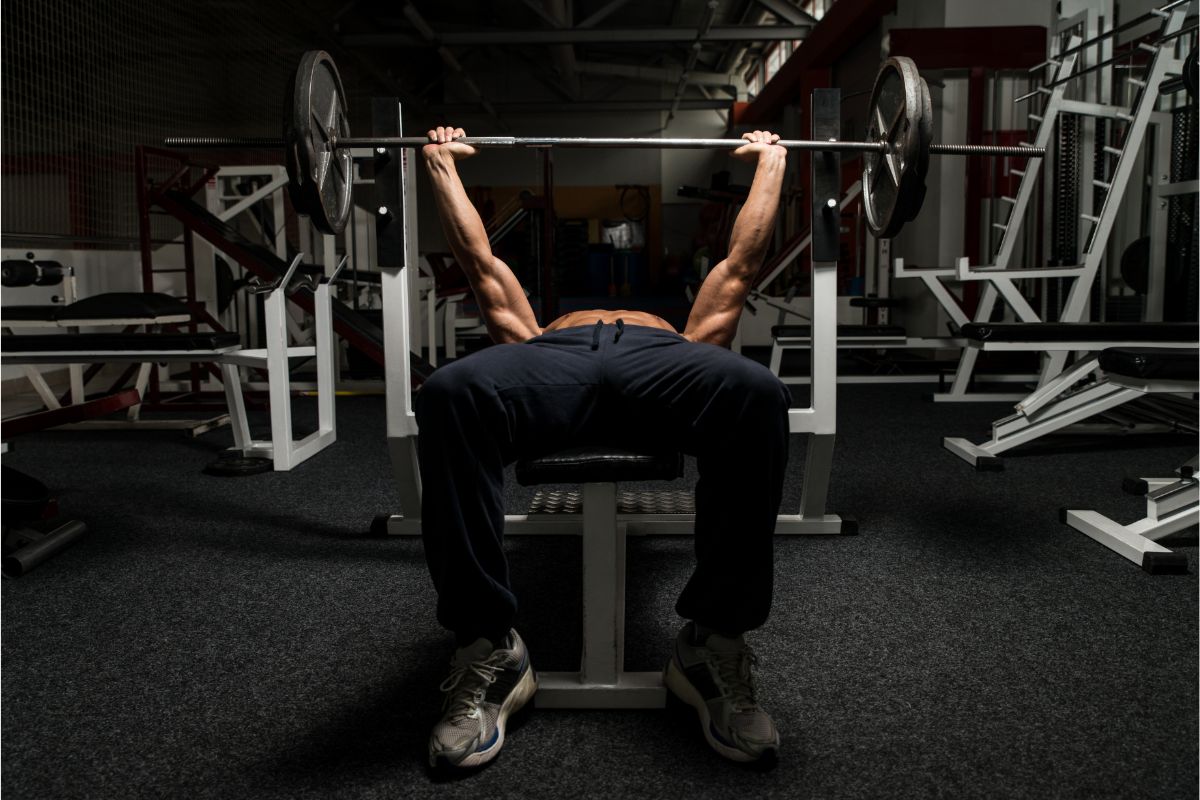Last Updated on December 2, 2022 by admin
Working out is tough. Whether you drag yourself to the gym for your mental health or to compete in a powerlifting competition, lifting weights multiple times a week is both physically and mentally straining.
And doing it right? Don’t get us started. One exercise that has the world of fitness perplexed is the Chest Supported T Bar Row.
We have created this simple guide to the Chest Supported T Bar Row. From the muscles it works to alternative exercises that will give you the same or similar results.
Want to know how to get that sexy, chiseled back? Keep reading below!
Chest Supported T Bar Row Explained
Similar to the T-Bar Row, the chest supported T-bar row workout also goes by the name chest supported machine row. It enables you to focus on exercising the great majority of the upper body muscles on the posterior side.
Or, in simpler terms, you are able to stabilize your position throughout the exercise as one end of the bar is fixed to the floor and your chest is kept upright by the bench.
The chest supported T bar row is an essential for any pull day or back day. This compound movement will activate and engage a range of muscles throughout your chest and back as you complete the controlled exercise.
Basically, this movement is the holy grail for a defined back while supporting muscle growth.
Chest Supported T-Bar Row Technique
Like any exercise at the gym or otherwise, there is a proper technique to be carried out. Failing to learn the proper techniques could result in injury and major discrepancies within your muscle growth.
Position
Your chest and abdomen should be on the angled pad as you place your feet on the platform.
Find a comfortable position where the chest support pad of the T-bar row machine is pushed against your entire sternum while keeping your knees slightly bent.
Grip
Grasp the bar with your arms shoulder width apart. Your hands should be positioned a thumbs length away from the inside of the bar or grip pad. Unrack the bar and begin with your arms extended in front of you, keeping the elbow loose.
Retract Movement
Draw your elbows towards your back while squeezing your scapula together while holding the bar in a T-bar row grip or just by the barbell itself. This will finish the exercise’s concentric phase by bringing the weight plates closer to your chest.
Release Movement
Straighten your elbows and allow your shoulder blades to move forward as you slowly bring the resistance back to the beginning position.
Complete
Slowly release the weight to the ground while keeping your muscles and the weight under control.
Complete steps 1 through 4 for the desired number of reps. It is important to keep your back straight and parallel to the bench as you complete the exercise.
Brace your core and ensure you are lifting a weight that feels challenging yet comfortable.
Proper Grips For Chest Supported T Bar Row
Changing your grip position when performing the chest supported T bar row can significantly change the muscle group you are engaging and the results. There are various grips you can do including:
Overhand Grip
This is the most common grip used when performing the chest supported T bar row. This provides focus to the upper back. As the movement is completed, the elbows push outwards activating the delts and traps.
Neutral Grip

This grip can be difficult to master, however, it is preferred if you are recovering from a wrist, elbow, or shoulder injury. It takes pressure off the elbow while activating the biceps, shoulders, lats, and rear delts.
Underhand Grip
Underhand grip naturally keeps the elbows close to the body allowing the engagement of the middle and lower traps and the scapula.
As you can see the grip position you decide to use has a significant impact on the muscle you engage and the results you receive. If you are looking to work your traps and gain larger shoulders, opt for an overhand or neutral grip.
The width of your grip also has a large impact on the results of the movement and the muscles engaged. The different grip widths and their effects are:
Wide Grip
Your elbows will have to extend if you employ a wide grasp, which forces you to use an overhand grip.
This will make the rhomboids and posterior deltoid more prominent. Using a wide grip in any other grip position could cause injury to the joints and muscles.
Narrow Grip
Your elbows will typically drop if you utilize a thin grip, which will make you pull lower. Your lats, middle, and lower traps will be more heavily affected by this. Furthermore, the biceps work harder and have a wider range of motion.
Activated Muscles Of The Chest Supported T Bar Row
The chest supported T bar row is considered a compound movement as it activates and engages numerous muscles while in motion.
The primary muscles engaged are:
- Scapula
- Rear Deltoid
- Trapezius Muscle Group
The secondary muscles engaged are:
- Rhomboids
- Biceps
- Brachioradialis
- Infraspinatus
The chest supported T bar row can also activate muscles within the legs as they are used to as static support stabilizers. Allowing you to keep your posture and perform the movement effectively.
Alternative Exercises To The Chest Supported T-Bar Row
For many who are working out, performing specific movements can be painful or their gym may not have the equipment needed to perform the exercise. This is common within home gyms and commercial gyms.
However, there are alternative exercises to the chest supported T-Bar row that will provide similar results and engage the same muscle groups. This includes:
Chest Supported Barbell Row
The chest supported barbell row is one of the most similar variations of the chest supported T bar row.
Have a bench at a 45 degree angle or where it feels comfortable. Facing the back of the bench, lie down so your chest is supported. Grab the barbell underneath with a grip of your choice and pull up in a slow and controlled movement.
This will aid in building strength throughout your middle back and biceps.
Bent Over Barbell Rows
Bent-over barbell rows are the ideal upper back exercise if you’re wanting to build big muscle in the upper back region and strengthen it.
This exercise engages almost every muscle group throughout the back and core. Ensure there is a slight bend in the knees and the hips are hinged back to a 45 degree angle.
Pull the bar towards the hips or belly button, squeeze at the top of the movement and slowly release towards the knees.
Seated Cable Rows
Seated cable rows are one of the simplest variations to master. It is effective for building the lats and other middle back muscles.

Both wide and thin grips can be used. On a cable rowing machine with independent handles, this exercise is performed.
Begin with leaning over to grab the handles, keeping back and core engaged. Shoulders fully extended. Then pull back until the back is straight, shoulders are retracted and handles are touching the belly button.
Any of these variations are perfect for sculpting the back and working on progressive overload. While some are harder than others, it is important to perfect technique before increasing any weight.
Common Chest Supported T-Bar Row Mistakes & Solutions
Unless you are lucky enough to have a PT to help guide you through each movement and identify any irregularities, you are more than likely going to experience mistakes.
We have devised a guide of the most common mistakes made when performing the Chest Supported T-Bar row and how to fix them.
Not Going Through A Full ROM
ROM or range of motion is the complete spectrum of motion where your muscles remain engaged. Going over the full range of motion or not going through it completely could be hindering your progress immensely.
This is generally caused by lifting weight that is too heavy. By simply decreasing the weight you will be able to complete a full range of motion and see results.
Once you feel comfortable with a specific weight and are completing a full range of motion you can begin adding more weight.
Using Momentum To Lift
Often when lifting heavy weights we can unconsciously use the momentum of the weight to perform more reps. This will not provide you with results and can be dangerous.
Try to consciously remain static throughout the movement and set. Ensure your core is engaged and that there is a slight anterior pelvic tilt to help prevent momentum through the movement.
This will allow you to see more progress in both your personal bests and your body composition.
Shoulder Going “Out”
If you do not take the time to ensure each muscle is activated and engaged before performing then you may feel pain. This is extremely common when the shoulders are not placed in the correct position.
The scapulas should be in a secure shoulder position as you complete each rep.
This means that it shouldn’t be more than slightly extended at the bottom of the eccentric rep; throughout the remainder of the rep, it should be neutral or totally retracted, depending on where you are in the motion.
This is crucial to ensure that the shoulder doesn’t “out” of the socket during the eccentric phase. Throughout the entire lift, try to visualize “pulling the bar apart.” The active shoulder(s) will be strengthened as a result.
Conclusion
The Chest Supported T Bar Row is a highly effective exercise for growing strength throughout the lats, arms, and shoulders. You may even notice a change in your core as the abs are engaged throughout the movement.
Adding the chest supported T bar row to any pull day will provide noticeable results. However, if your gym doesn’t have the equipment or you have an injury there are different variations for you to try.
Remember to always perfect the form of any exercise before adding weight to prevent injury.
You are now ready to get in the gym and start sculpting your back and shoulders with the Chest Supported T Bar Row!

